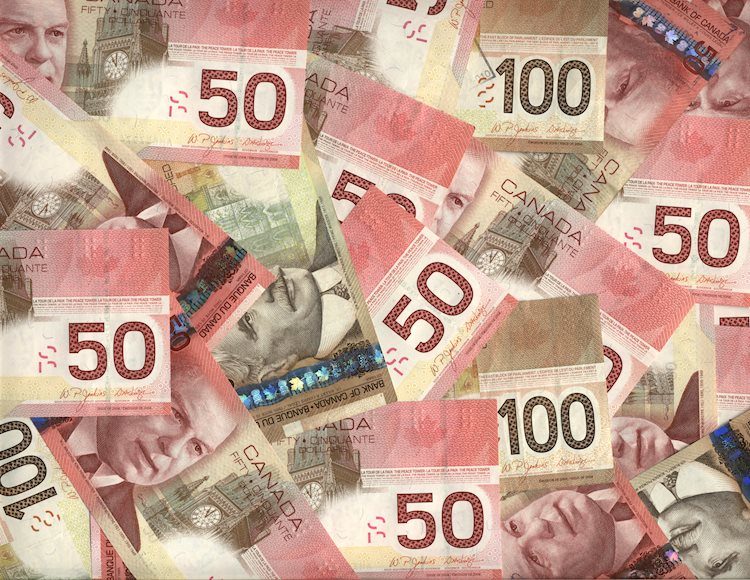The USD/CAD pair rebounded from its five-month low of 1.3498, recorded on Monday, currently hovering around 1.3510 during the early European session on Monday. This upside movement can be attributed to the improved US Dollar (USD) amid increased risk aversion in the market. However, the Greenback may face downward pressure due to the rising odds of a Federal Reserve (Fed) rate cut in September. Fed Chair Powell’s dovish speech at the Jackson Hole Symposium suggested that a rate cut may be imminent.
The Federal Reserve is highly expected to deliver at least a 25-basis point rate cut in September, as indicated by the CME FedWatch Tool. Market participants are now fully anticipating a quarter-basis point rate cut by the Fed at its upcoming meeting. Powell’s comments at the Jackson Hole Symposium highlighted the need for policy adjustments, citing increased risks in the job market and diminishing inflation risks.
The commodity-linked Canadian Dollar (CAD) received support from higher crude oil prices, with West Texas Intermediate (WTI) trading around $75.20 per barrel at the time of writing. Rising geopolitical tensions in the Middle East have led to fears of a supply disruption, driving oil prices higher. However, the ongoing conflict in the region between Israel and Hezbollah has raised concerns about a potential broader regional conflict involving Iran and the United States.
The dovish stance of the Bank of Canada (BoC) regarding its policy outlook may limit the upside of the CAD and support the USD/CAD pair. The BoC has already begun cutting interest rates to address concerns related to economic growth and a moderating labor market domestically. Key factors influencing the Canadian Dollar include interest rates set by the BoC, the price of oil, Canada’s economy, inflation, and the trade balance. The health of the US economy, as Canada’s largest trading partner, also plays a significant role in determining the value of the CAD.
The Bank of Canada plays a crucial role in influencing the Canadian Dollar by setting interest rates that impact borrowing costs for individuals and businesses. The BoC aims to maintain inflation within a target range of 1-3% by adjusting interest rates accordingly. Higher interest rates are generally positive for the CAD, while quantitative easing and tightening measures can also impact credit conditions. The price of oil is another key factor affecting the Canadian Dollar, given that petroleum is Canada’s main export. Fluctuations in oil prices can have an immediate impact on the value of the CAD.
Inflation, once considered a negative factor for a currency, now has the opposite effect due to the relaxation of cross-border capital controls. Higher inflation tends to lead central banks to raise interest rates, attracting capital inflows from global investors seeking profitable investment opportunities. This increased demand for the local currency, in this case, the Canadian Dollar, can strengthen its value. Overall, macroeconomic data releases such as GDP, employment figures, and consumer sentiment surveys can influence the direction of the CAD. A strong economy is typically positive for the Canadian Dollar, attracting foreign investment and potentially leading to higher interest rates, which can strengthen the currency.











